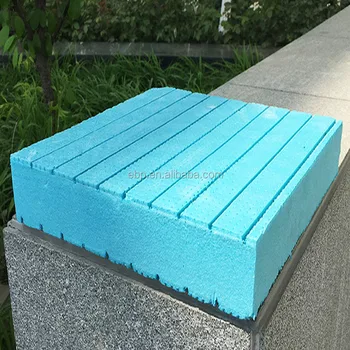This paper seeks to fill.
The environmental impact of phenolic foam insulation boards.
Provision of this information will allow environmental impact comparisons of different external wall insulation choices and environmental payback estimates for this and future projects.
There are several major types of rigid foam insulation including polyiso cyanurate which is a type of polyurethane extruded polystyrene phenolic foam and expanded polystyrene eps.
Environmental impacts of phenolic foam that will allow others to make informed decisions on insulation choices.
3 methodology this work evaluates whole building performance of retrofitted homes.
The first three are described below with information on their general properties and how they are produced.
A range of data sources are used ecoinvent 24 for eps and rockwool densley.
There are patents and other information.
Continual improvements in the formulations of phenolic foam board insulation products may overcome these drawbacks.
The use of external wall insulation is on the increase with phenolic foam being a popular insulation choice.
Facings on the foam insulating board can also help but at the time of the original solar age article august 1984 no one had successfully foamed phenolics between foil facings.
Phenolic foam is made from three main components.
Significant amounts of petroleum and natural gas must be burned during the manufacturing and refining processes though the insulation industry has ceased to use chlorofluorocarbons cfcs in the manufacture of foam insulation products.
Phenolic resin a blowing agent and an acid catalyst.
However if designers are to make informed decisions on material choices the environmental impact of the insulation should be considered and the payback period of the associated impacts evaluated.
There is a lack of information for phenolic foam insulation.
Phenolic insulation has low flame and smoke reaction to fire.
In contrast mineral wool is made from volcanic diabase rock and woodfibre board principally uses waste soft wood offcuts from sawmills all the materials are formed into rigid boards that can be used for external wall insulation but could also be used in different retrofit applications such internal wall insulation.
Eps phenolic foam and pir boards are all derived from fossil fuel derivatives.
Properly applied phenolic insulation foam according to the epfa meets or exceeds international building insulation and fire regulations.
However if designers are to make informed decisions on material choices the environmental impact of the insulation should be considered and the payback period of the associated impacts evaluated.
A number of additives can also be utilised to develop specific properties within the foam.
Phenolic foam insulation makes exceptional fire doors and panels because of both its low flame and smoke reaction to fire.
Types of rigid foam insulation.
Phenolic foam insulation has a significant environmental impact exceeding that of other insulation materials.

